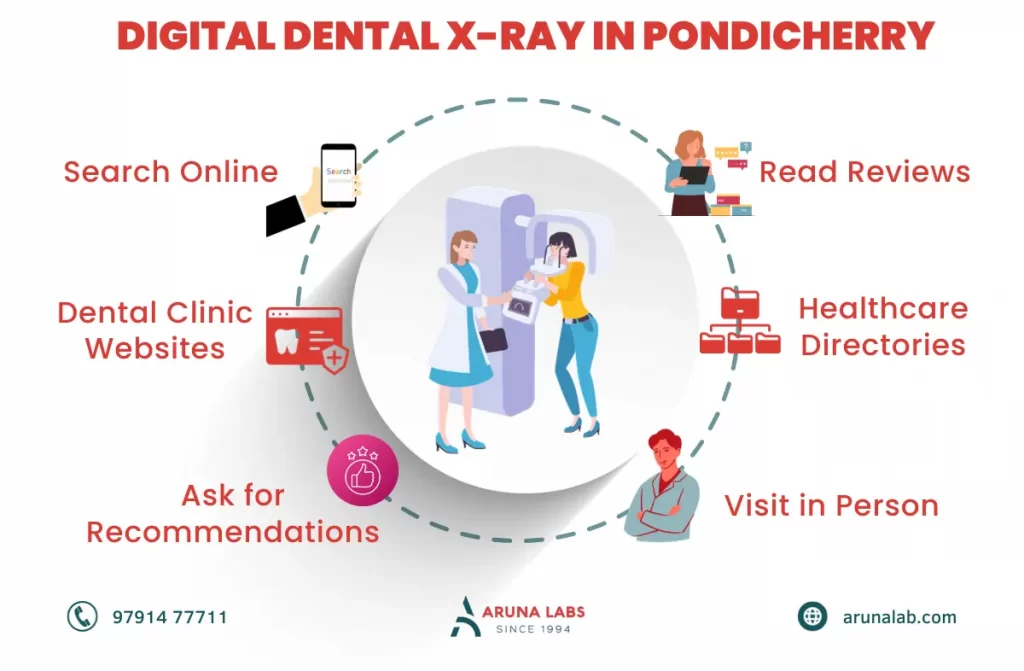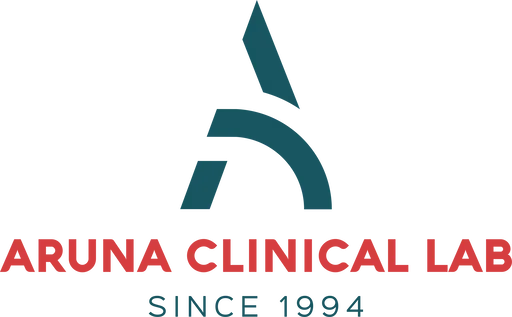In the rapidly evolving world of dentistry, technology continues to play a pivotal role in improving patient care and diagnostics. One such technological advancement that has revolutionized the field is digital dental X-ray in Pondicherry. In this blog post, we will delve into the digital transformation of dental radiography, with a particular focus on the myriad benefits it brings to both patients and dental professionals. The adoption of digital dental X-ray in Pondicherry has ushered in significant advancements, revolutionizing the way dental care is delivered in the region.
Digital Dental X-Rays
Digital dental X-rays, also known as digital radiography, have replaced traditional film-based X-rays with cutting-edge electronic sensors and digital image processing. The innovation of digital x-ray in Pondicherry has streamlined the process of capturing, storing, and analyzing dental images, enhancing the overall quality of care in dentistry.

The Advantages of Digital Dental X-Ray in Pondicherry
Reduced Radiation Exposure
Traditional X-rays emit higher levels of ionizing radiation. In contrast, digital dental X-ray in Pondicherry require significantly less radiation to produce high-quality images. This means patients are exposed to minimal radiation during their dental examinations, making it safer, particularly for children and pregnant women.
Instant Image Processing
Digital X-ray images appear almost instantly on a computer screen, eliminating the need for time-consuming film development. Dentists can quickly assess and diagnose issues, leading to more efficient treatment planning.
Enhanced Image Quality
Digital X-ray in Pondicherry offers superior image clarity, allowing dentists to identify and diagnose oral health issues with higher precision. This leads to more accurate treatment recommendations and better patient outcomes.
Environmentally Friendly
Digital dental X-ray in Pondicherry is eco-friendly. They eliminate the need for film, chemicals, and darkrooms, significantly reducing the environmental impact of dental practices.
Effortless Storage and Retrieval
Digital X-rays are securely stored electronically, eliminating the hassle of physical film records. Dentists can easily access a patient’s X-ray history, enabling better continuity of care.
Improved Patient Education
Digital dental X-ray in Pondicherry can be displayed on a computer screen, making it easier for dentists to explain diagnoses and treatment options to patients. Visual aids enhance patient understanding and involvement in their oral healthcare.
Telemedicine Integration
With digital technology, dentists can easily share the images of digital X-ray in Pondicherry with specialists or for remote consultations. This facilitates collaborative care and ensures patients receive the best possible treatment.
Cost-Effective in the Long Run
While the initial investment for digital dental X-ray in Pondicherry may be higher, the reduced expenses related to film and chemicals, along with improved workflow efficiency, can make it a cost-effective choice in the long term.
Benefits of Digital Dental X-rays
Digital dental X-rays offer several benefits:
- Reduced Radiation Exposure: They emit lower radiation compared to traditional X-rays, enhancing patient safety.
- Immediate Results: Images are available instantly, enabling quicker diagnosis and treatment.
- Enhanced Image Quality: Digital technology provides clearer images for better diagnostics.
- Eco-Friendly: No chemical processing is required, reducing environmental impact.
- Easy Storage and Sharing: Digital files are easy to store and share with other healthcare providers.
- Digital Manipulation: Images can be enhanced and zoomed for more precise analysis.
Overall, digital dental X-rays improve efficiency, safety, and diagnostic capabilities in dental care.
Types of Digital Dental X-rays
There are several types of digital dental X-rays commonly used in dental practice:
- Intraoral X-rays: These provide detailed images of individual teeth and their supporting structures. Types include periapical (tooth root) and bitewing (crown and adjacent teeth) X-rays.
- Panoramic X-rays: These capture a single, broad view of the entire mouth, including all teeth, upper and lower jaws, and surrounding structures.
- Cone Beam Computed Tomography (CBCT): CBCT provides 3D images of the oral and maxillofacial regions, ideal for complex treatments and implant planning.
- Digital Tomography: This type creates detailed cross-sectional images of a specific area, often used in implantology.
- Occlusal X-rays: These focus on the bite and reveal how the upper and lower teeth fit together.
- Periapical X-rays: They show a single tooth from crown to root tip, helpful for identifying issues with a specific tooth.
- Extraoral X-rays: These include lateral cephalometric X-rays (used in orthodontics) and lateral oblique X-rays (used to evaluate the jaw and TMJ).
The choice of X-ray type depends on the specific diagnostic needs of the patient and the dentist’s judgment. Digital X-rays offer advantages like reduced radiation exposure and quicker image processing compared to traditional film X-rays.
Conclusion
To conclude, digital dental X-rays have ushered in a new era of efficiency, safety, and precision in the field of dentistry. The benefits of digital dental X-ray in Pondicherry for patients are reduced radiation exposure, faster diagnosis, and improved understanding of their oral health. Dentists, on the other hand, benefit from improved diagnostics, efficient workflows, and eco-friendly practices through digital technology adoption, ultimately delivering enhanced, safer, and sustainable dental care.
Read also Labs in Pondicherry.



